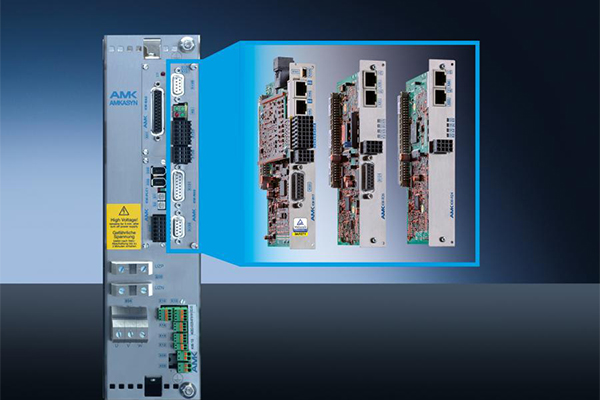Editor’s note: The following column by Tom Jensen, SVP and general manager at AMK Automation, is part of Modern’s Other Voices column, a series featuring ideas, opinions and insights from end-users, analysts, systems integrators and OEMs. Click here to learn about submitting a column for consideration.
Engineering the structure, flow and motion control of conveyor systems can be difficult and time-consuming. Transport requirements—horizontal, diagonal and vertical—must be addressed in the design. Power supplies, automation buses and sensor I/O points need to be identified and integrated.
This fragmented approach to conveyors makes building and integrating the system exponentially more complex. Ultimately, the need to know the efficiency of the system (and subsystems) all add to the challenge.
So, what if we were to flip the equation? Rather than measure the performance of each discrete production machine, measure the performance of the entire line by using a standard conveyor as both the simplest and most relevant unit of production throughput and control.
The solution: Standardized control of nonstandard conveyor components
Conveyor modules with simple-to-connect smart drives based on a standard command concept can simplify how conveyor-driven production plants measure overall equipment effectiveness (OEE).
These conveyor modules have the following common elements:
- A given input and output—product going into a production machine, product coming out
- A single motor moves the module using simple control commands: forward, reverse, stop, go at a predetermined speed
- Modules are functionally identical—they move items from one production stage to another
This doesn’t mean physically identical; conveyors can be straight or curved or function as diverters. All have a point where product enters and leaves the conveyor, and the electronic motor moving them is the basic control of what happens to the product.
The conveyor becomes the standard element that is controlled in the production line, because it is still the most basic measure of productivity. Between each module is the production equipment, where raw materials and components are transformed and assembled, station by station, into finished products sorted, packaged and ready to ship.
If the conveyor controllers have a standard program, the job of getting multiple cell controllers to work together becomes easier, focused on data exchange and not hierarchy. In this way, OEE can be based on the following data points drawn from the conveyor modules:
- Running speed/Design speed
- Running time/Available time
- Output products/Delivered products
Three building blocks
To further standardize the conveyor module concept, the modules are composed of three building blocks:
Mechanical: Obviously, there is a wide range of conveyor types and components available for use in many different production applications and environments. Fundamentally, however, the core mechanical elements are the same. Whether straight, curved, curving accumulators, or diverters, these elements are motor-driven and have input and output points that must be captured.
Electrical: Motor and drive components will need to be sized to handle required loads, which involves the distance traveled, throughput speeds and (most critically) weight of inputs/outputs being moved.
This modular concept is well-suited to using a decentralized motion control framework, using the latest machine-mounted controllers and drive-integrated servo motors. Multiple conveyor modules can be daisy-chained to a single controller, either a cabinet-based controller module or a machine-mounted option, to save on control cabinet costs.
Software: To achieve the simpler, standardized conveyor module calls for a new approach to the control environment. The goal is to have no programming environment and be able to have nonprogrammers such as plant personnel configure the modules using the HMI or a spreadsheet.
In this scenario, the local control auto-configures when integrated with the larger line. It contains standard elements: controller, +24V DC power, motor power, standard emergency safe stop and communications protocols.
What does the PLC code look like? It doesn’t matter. The code will auto-configure for the discovered modules, looking for three components per conveyor module: one motor and two sensors, one for input and one for output. For each module, a set of standard commands—forward, reverse, pause, output on, output off, etc.—can be selected from a standardized spreadsheet saved as a CSV file and dropped into the controller.
Standard model can simplify OEE
By standardizing conveyors this way, plants can more quickly and cost-effectively modify machines within a production line. For the vast array of manufacturers whose operations incorporate significant amounts of conveyors, this approach has the potential to dramatically simplify how these plants manage their automation assets.
While this standardized approach to conveyor cells may seem like a radical concept, it does not fundamentally change current conveyor technology. Instead, it asks us to think about, and learn from, our automated production environments in a radically simpler fashion.
Conveyors & Sortation Products and Accessories
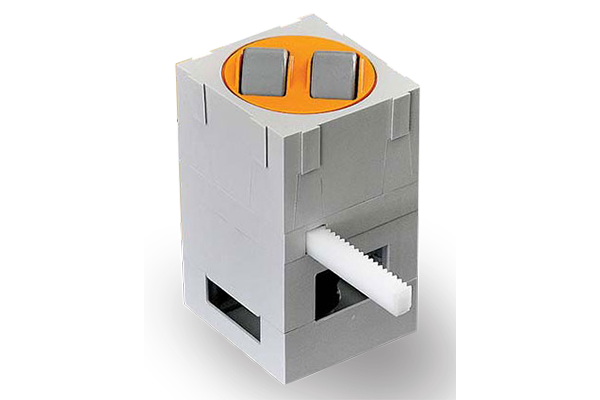 Omni-directional Transfer Unit (OTU)
Omni-directional Transfer Unit (OTU)
Change parcel flow direction with roller-based transfer unit.
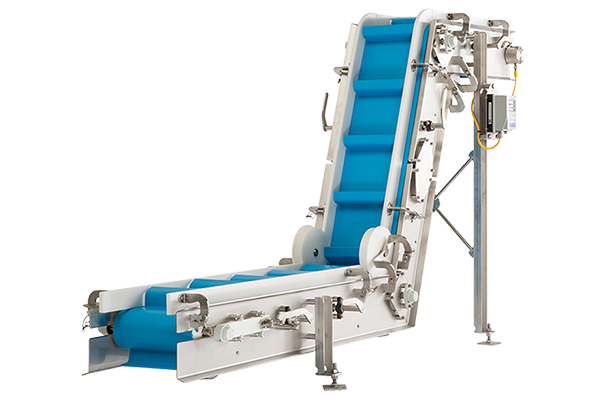 Line of Incline Conveyors
Line of Incline Conveyors
Incline belt conveyor for food, packaging applications.
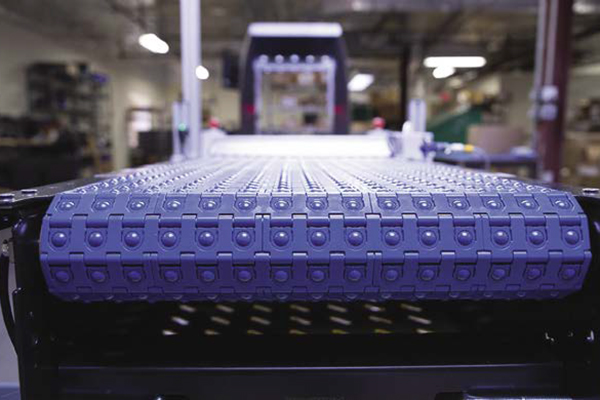 Modular Sortation System
Modular Sortation System
Sort variety of items with modular system.
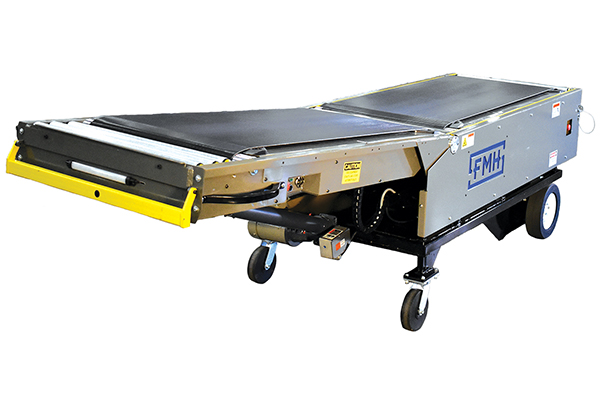 MBL30 power-assist mobile belted loader
MBL30 power-assist mobile belted loader
Belted mobile conveyor for loading and unloading at the dock.
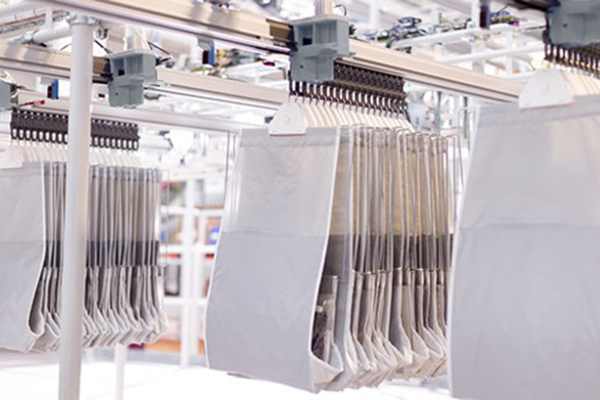 OmniPick zero-touch pocket sorter system
OmniPick zero-touch pocket sorter system
Flexible, scalable pocket sorter system.
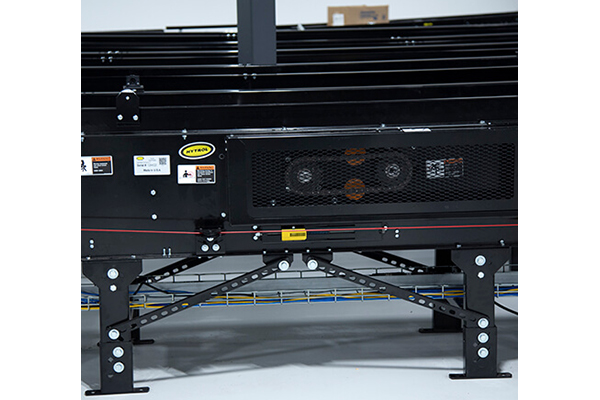 Product gapping conveyor
Product gapping conveyor
Material handling solutions for pulling gaps between products.
Article topics
